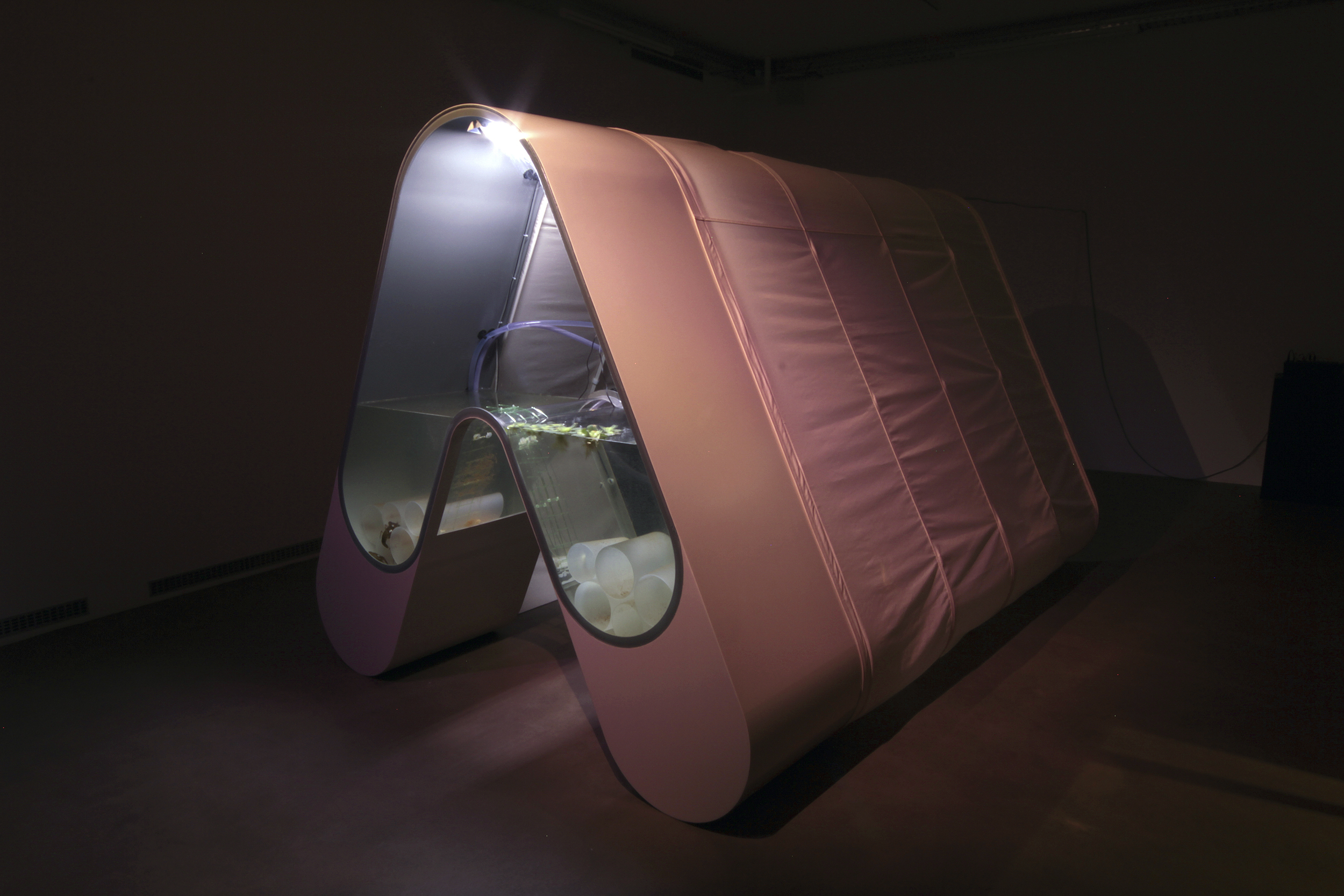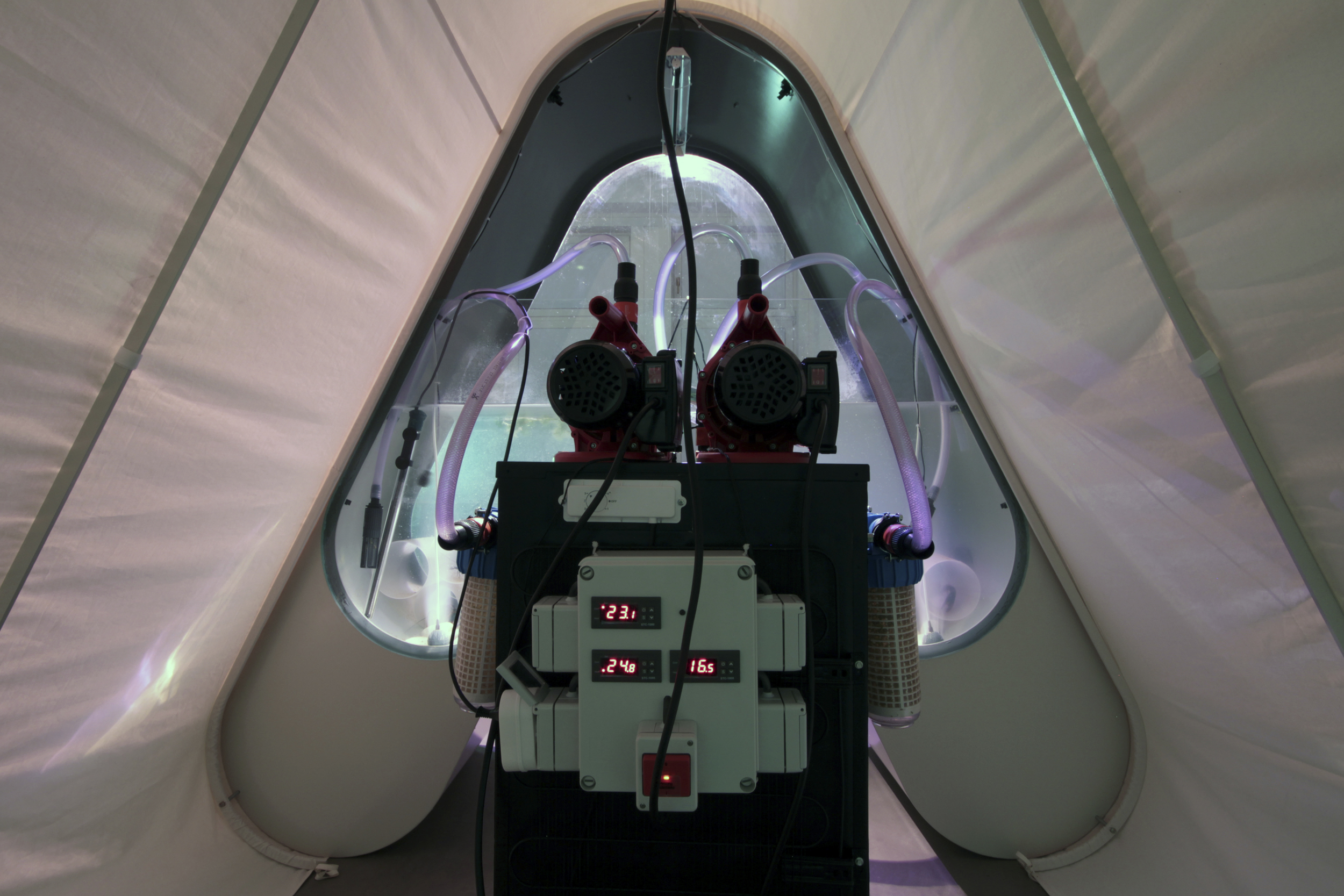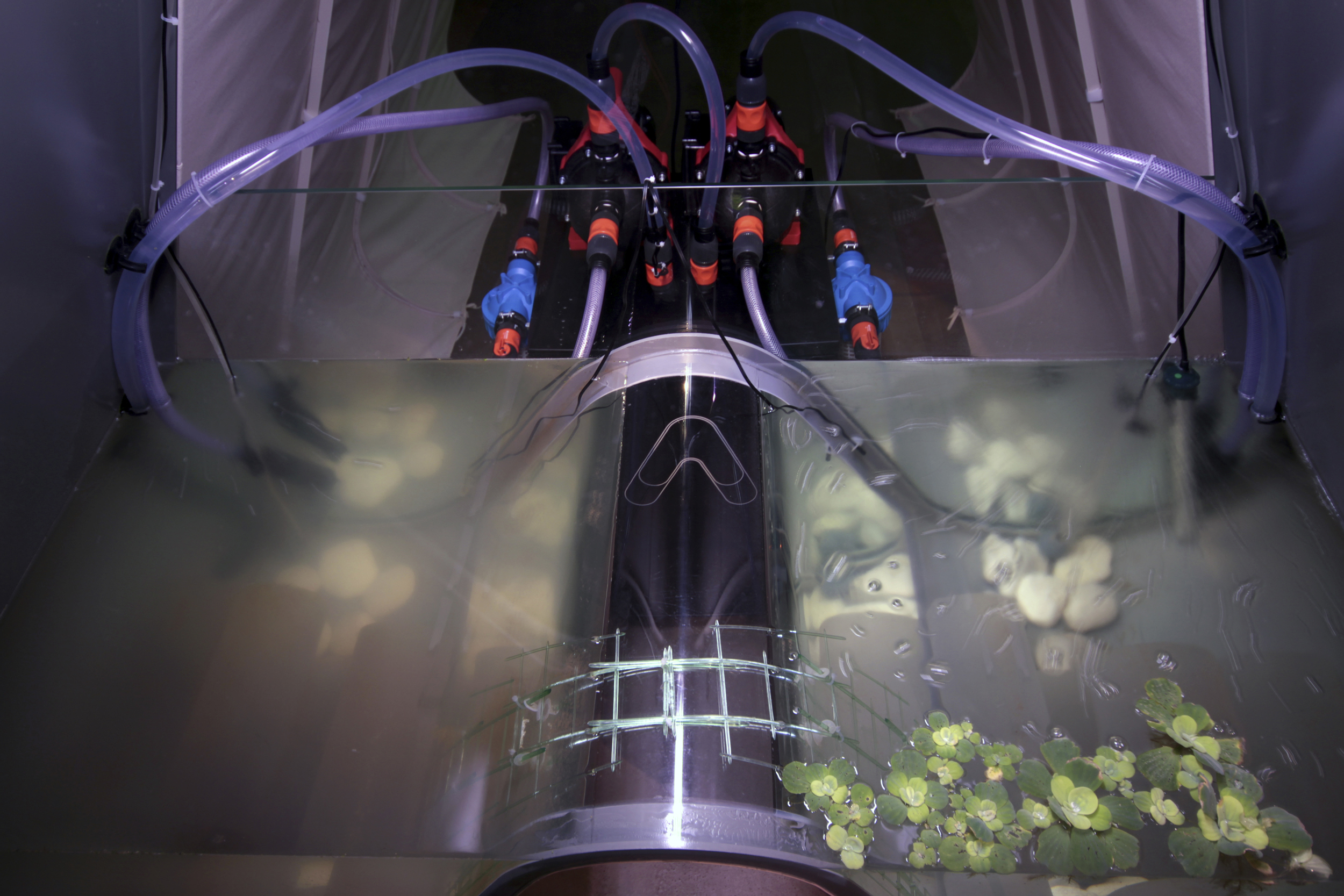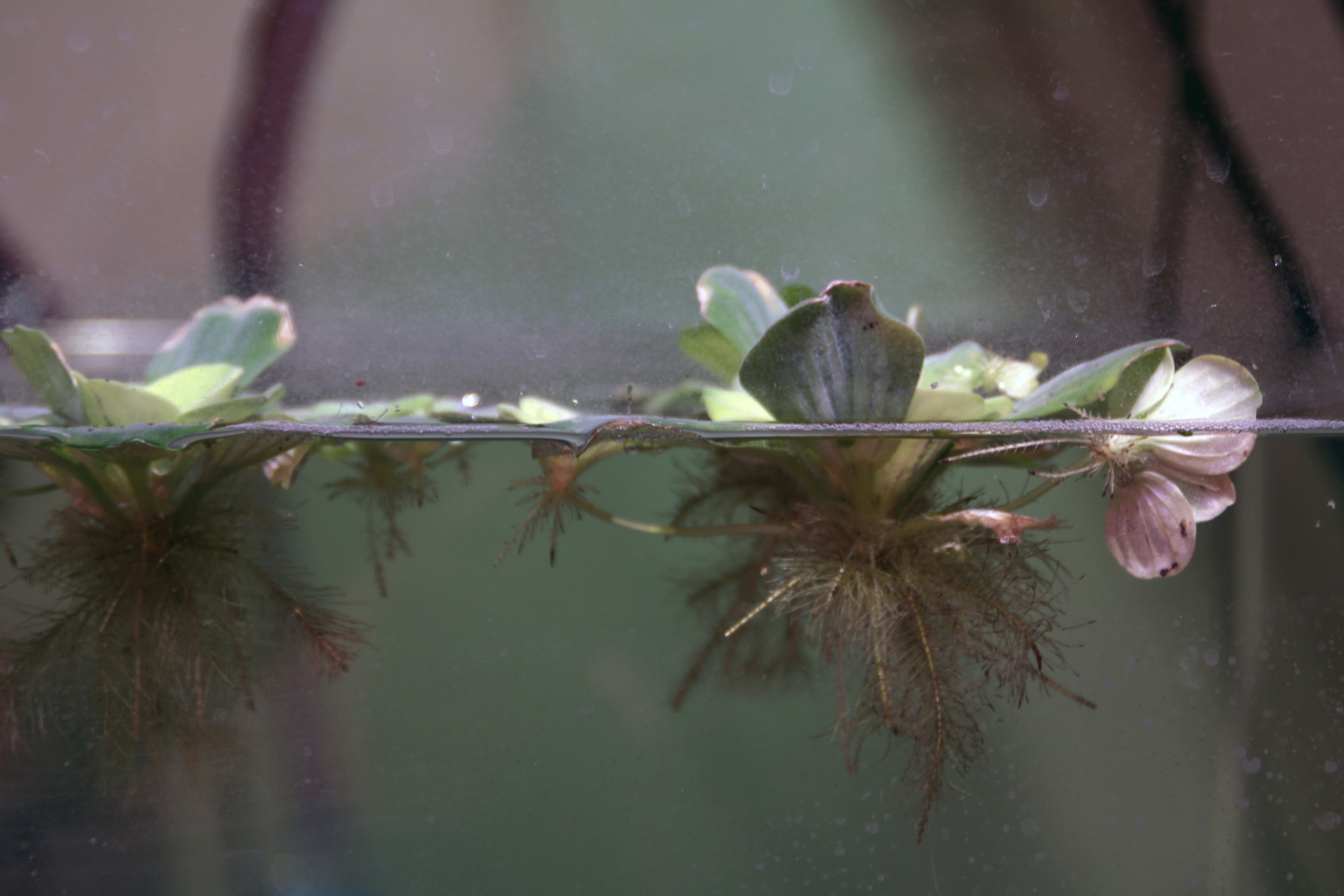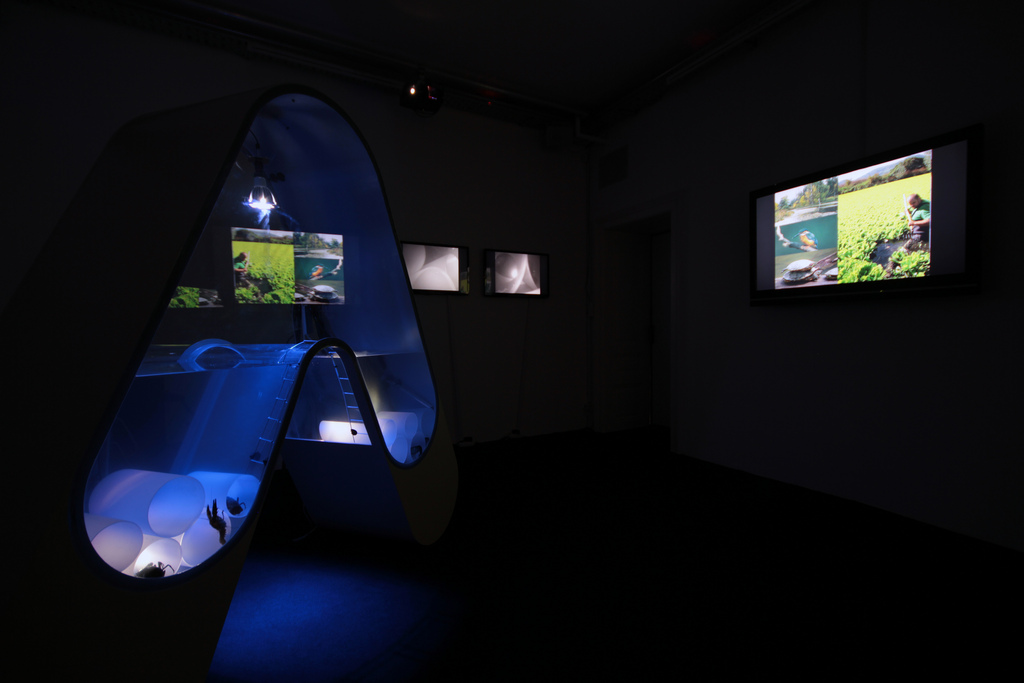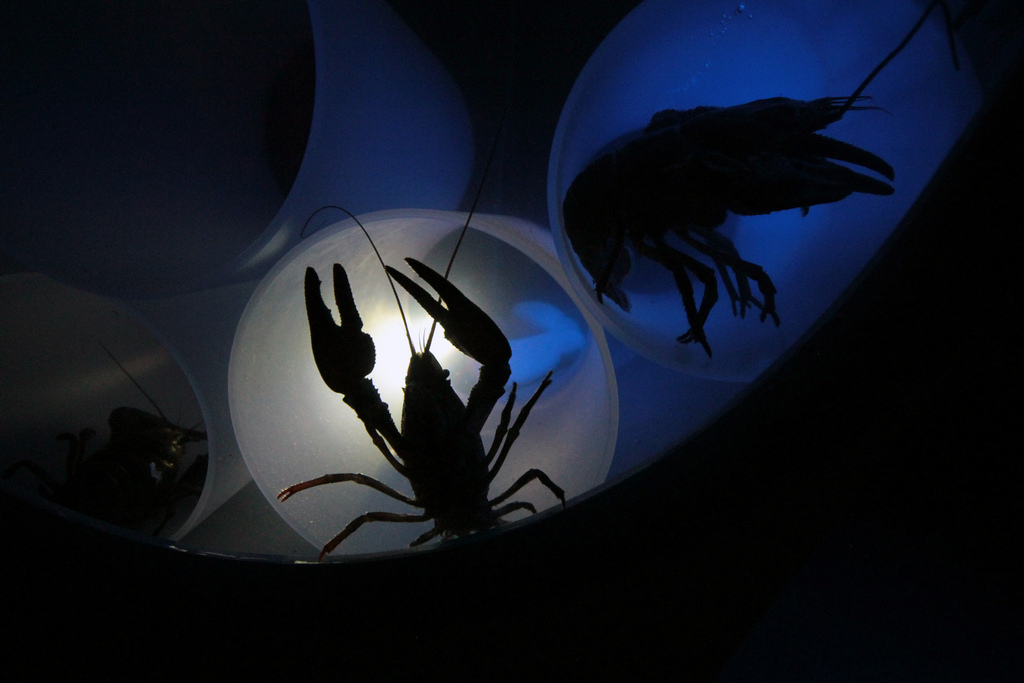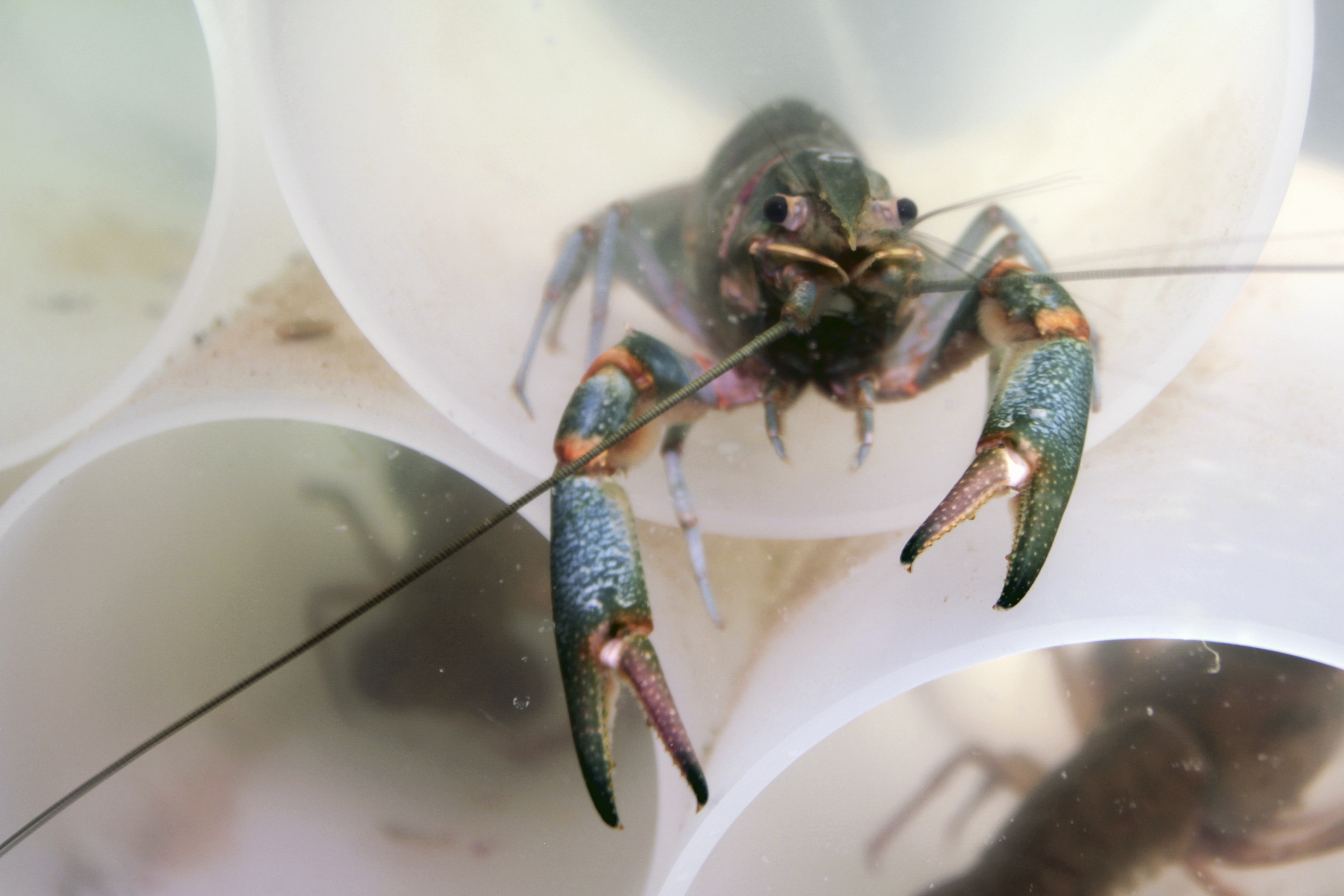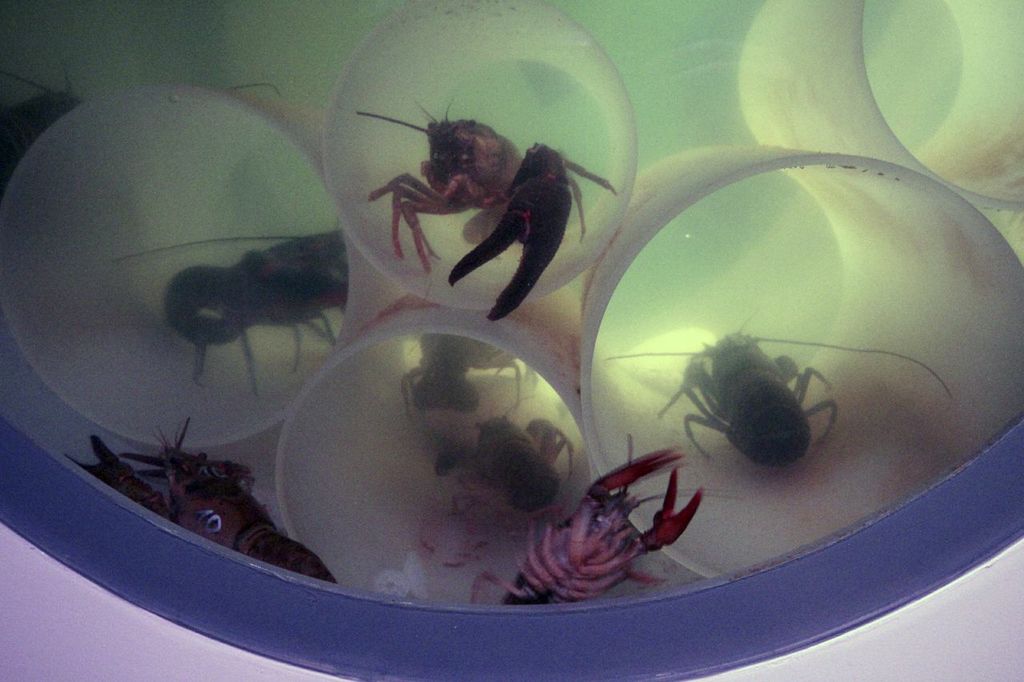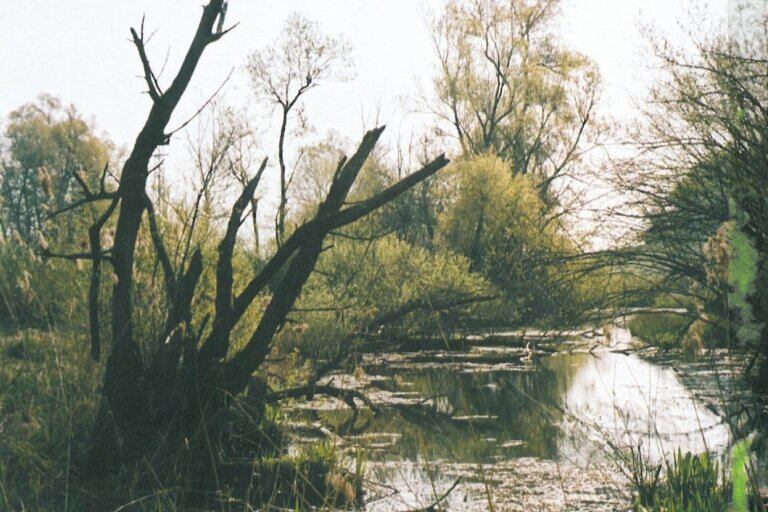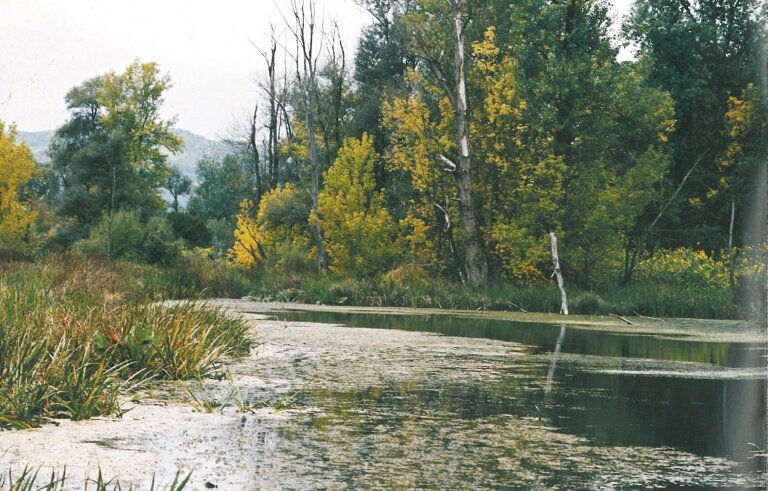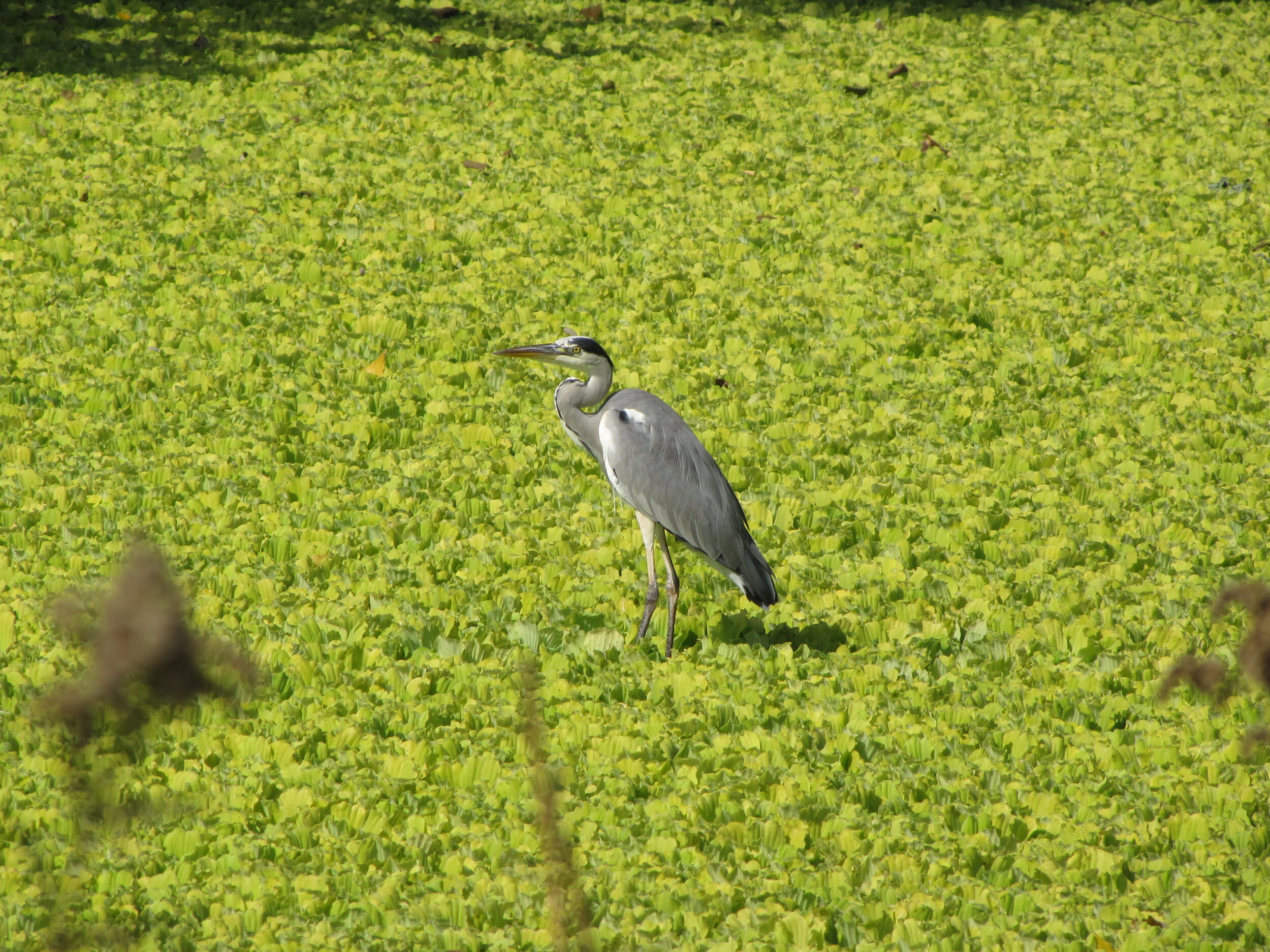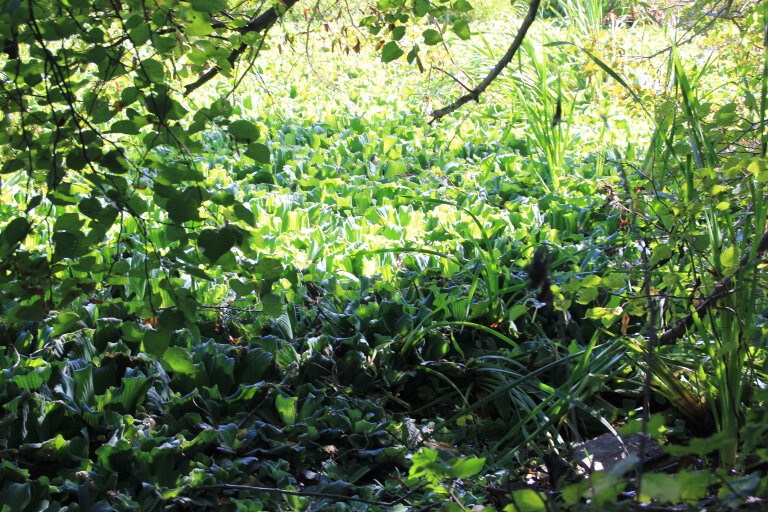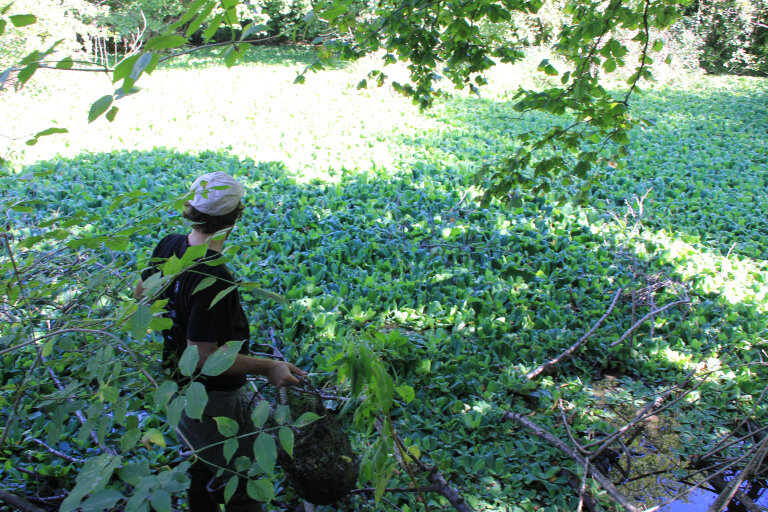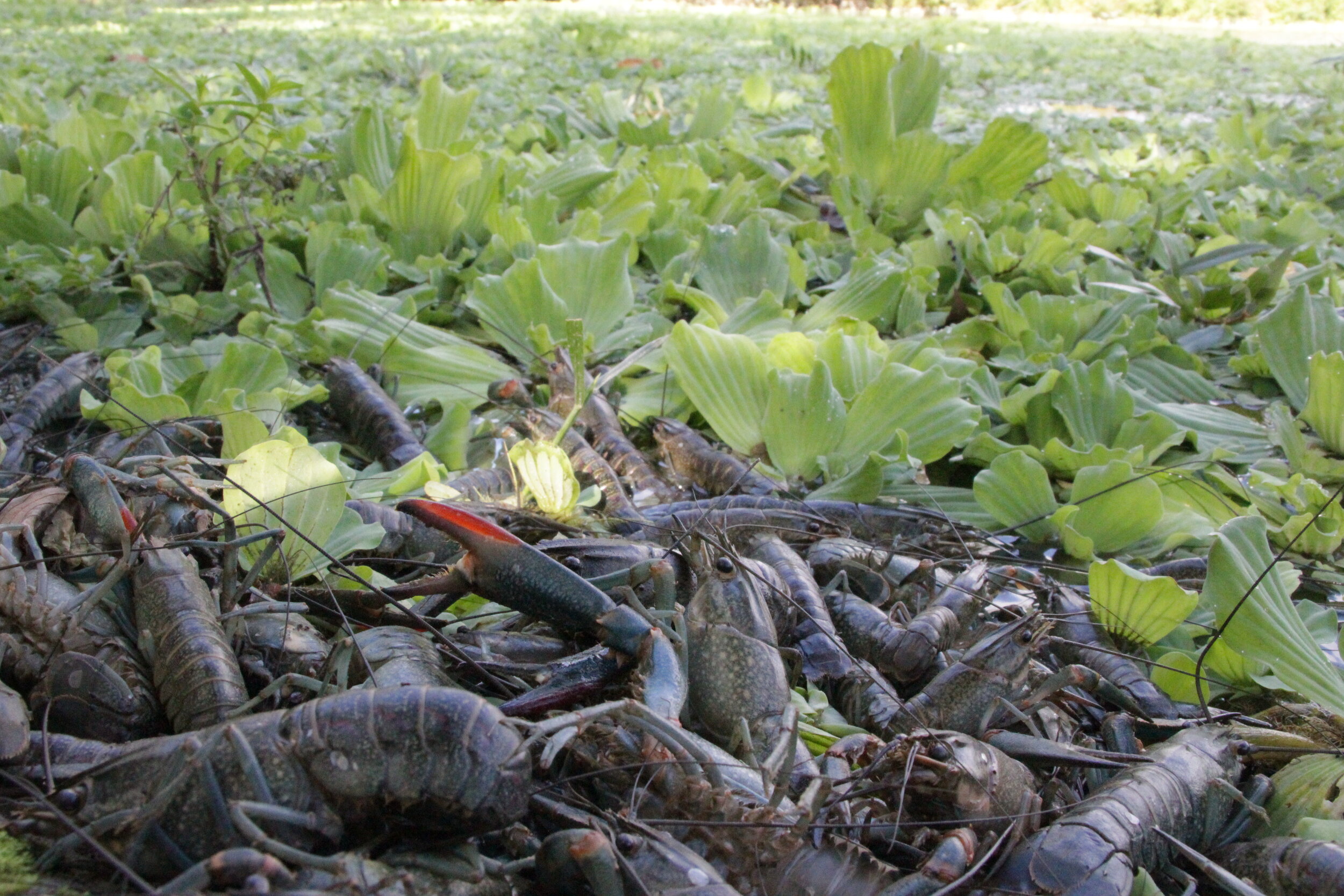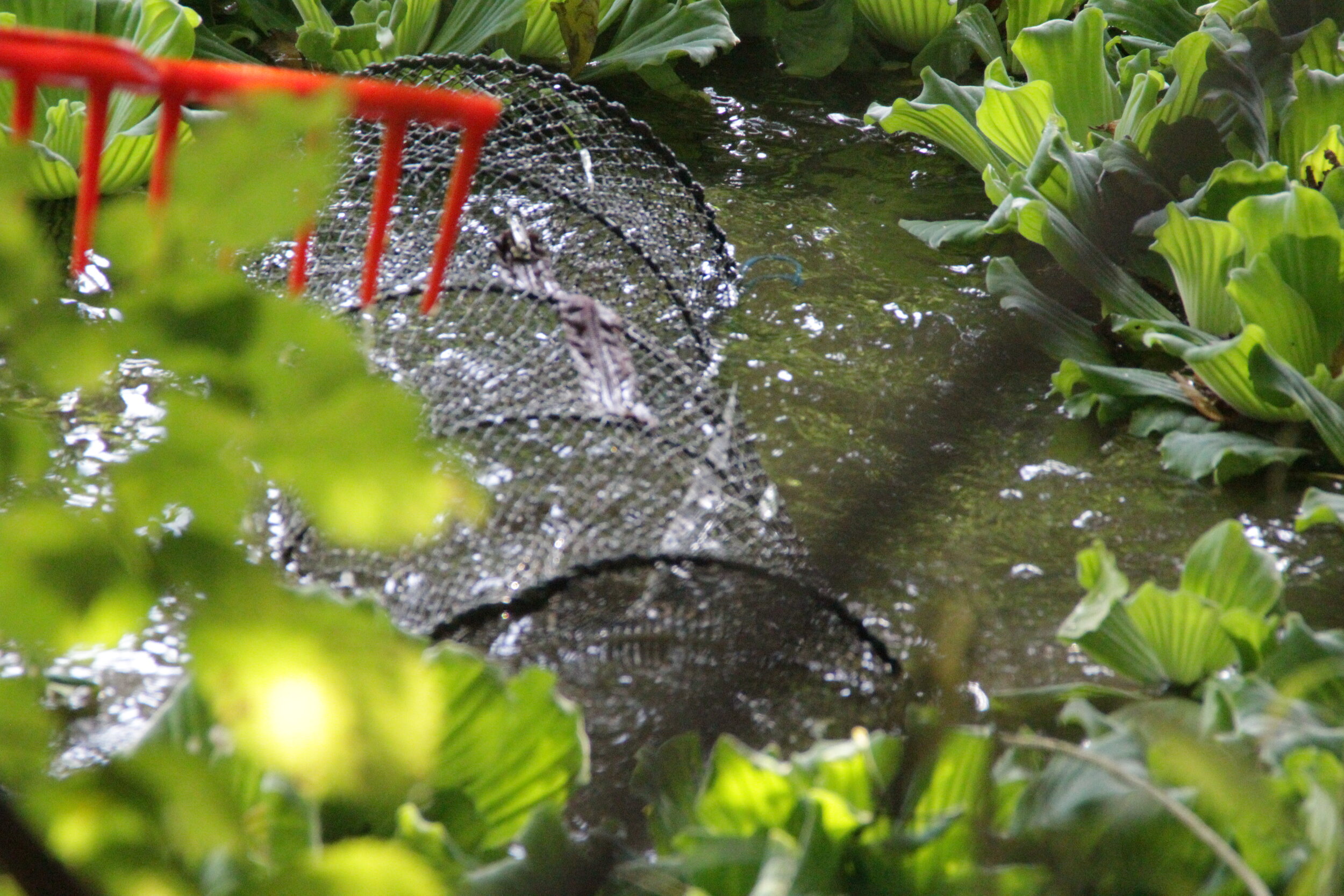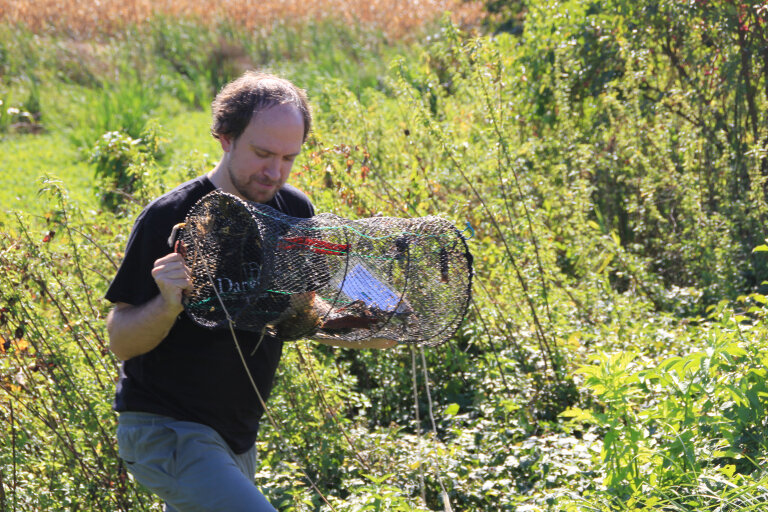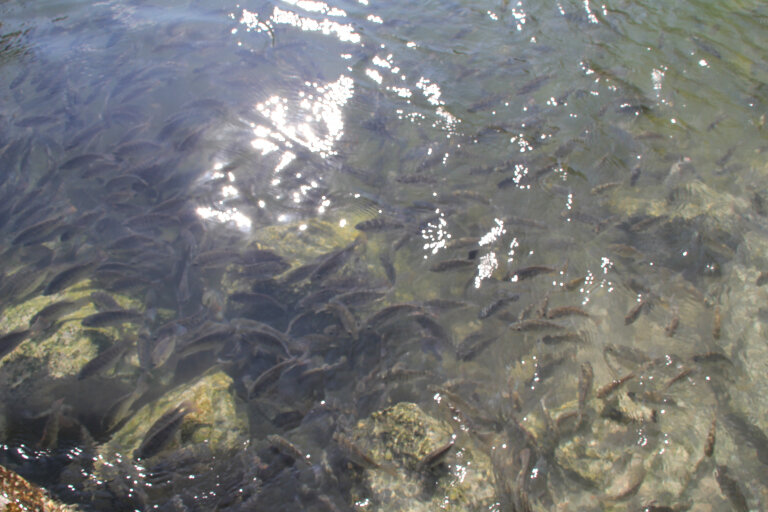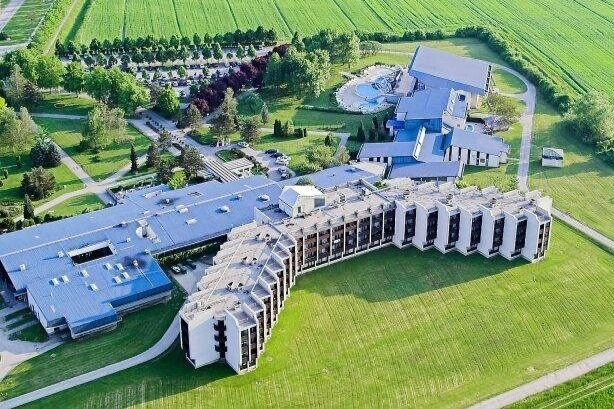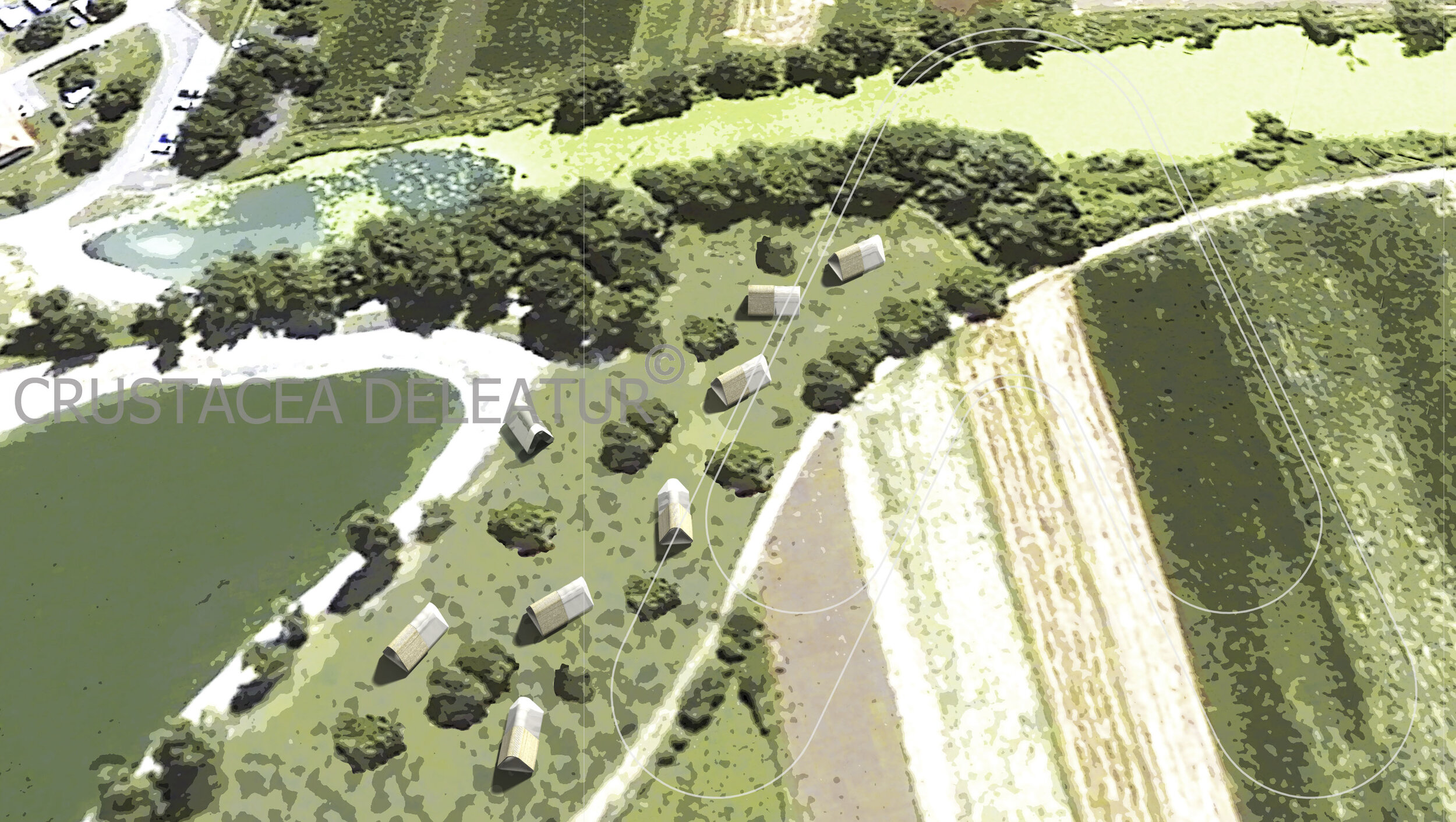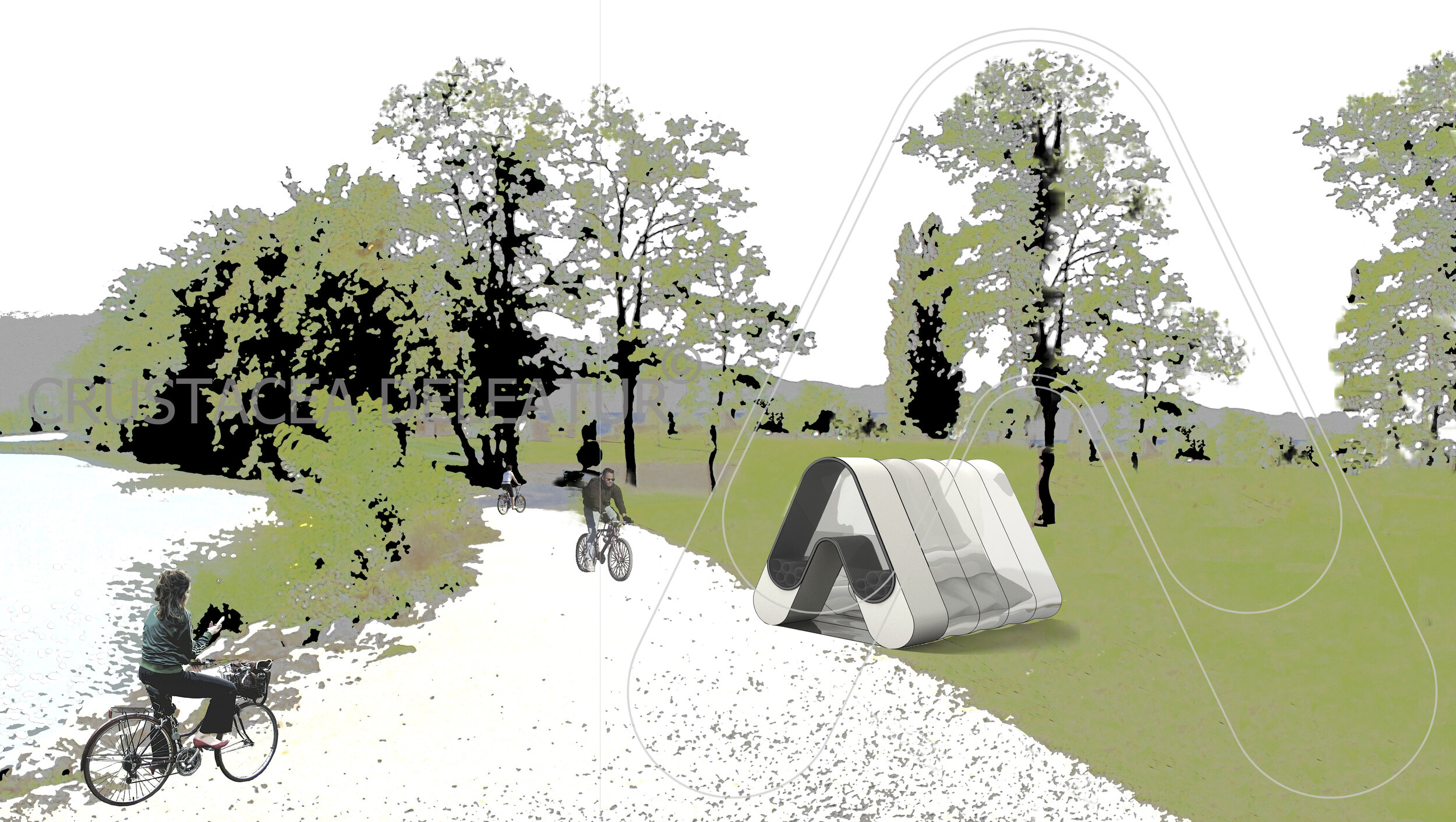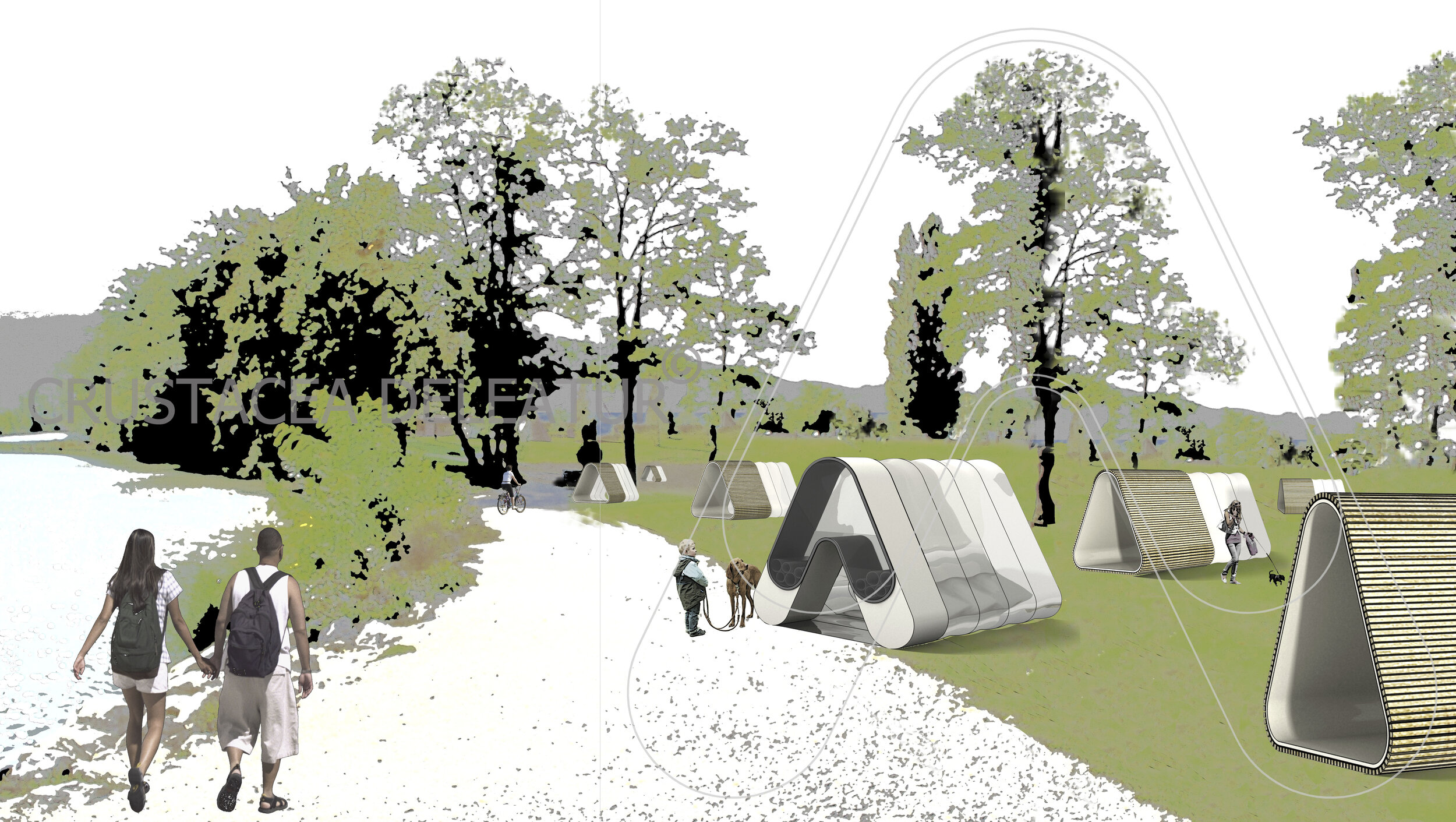BioBASE: 45° 53' 28.20"N, 15° 36' 9.18"E
2013
Through a combination of various viewpoints and in collaboration with experts from the humanities and natural sciences, the project BIOBASE: 45° 53' 28.20"N, 15° 36' 9.18"E (= the latitude and longitude of the location of Čatež ob Savi in Slovenia) explores the problem of invasive species: the possible consequences and the modes of coexistence. Nowadays, foreign species are considered one of the main causes of biodiversity crisis, whose consequence is an increased possibility of a mass extinction of species on Earth. Within this paradigm, we analyse the relations between ecology as a natural science and Ecology as the ideology of contemporary zeitgeist. This distinction is paraphrased through the exploration of a possible dispersion of a foreign species, the Australian red claw crayfish (Cherax quadricarinatus), which, over the past six years, has settled in the thermal oxbow lake Topla near Čatež ob Savi and multiplied greatly, and which is juxtaposed by a protected domestic species, the European crayfish (Astacus astacus).
Migrations of foreign species – the consequences of which are: the spread of existing diseases and the emergence of new ones, changes in ecosystemic services (air, water, natural goods, economy), a reduction of biodiversity, the rapid extinction of numerous species and, consequently, the devastation of domestic fauna and flora – are an imminent threat to the most highly developed of predators and, above all, humans. Through the abovementioned facts, we consider the context of the present time within a broader temporal dimension, in which we wonder about the survival of our own species. Migrations and, therefore, species transformations are perfectly natural, and so is human interference in them. Despite the fact that at a given moment we cause harm to the environment and therefore to ourselves, we are also, simultaneously, part of this evolutionary phenomenon. The latter can entail obliteration of (our) species or its long-term survival in the form of an alternative phenotype. How, within this paradigm, can we understand the maintenance of social, cultural, environmental and economic systems in the context of varied temporal and spatial relations shaped by evolution?
The juxtaposition of animal species and locations situates the project within the context of the possible consequences of hybridisation – that is, the consequences of the changed mechanisms of natural selection in ecosystems, which usually bring about behavioural and genetic transformations in foreign as well as domestic species. These transformations result in the changed potential of their ecological niches. The presentation of the art installation in Ljubljana, related to its set up in Čatež ob Savi in the immediate vicinity of the oxbow lake Topla, explores the possibility of the migration of invasive species from the oxbow lake into the nearby Sava River. The infrastructure of the adjacent JEK (Krško Nuclear Power Plant) increases this possibility, for its discharge of hot water into the Sava is causing the temperature of the river to rise; the situation is intensified by the impending construction of a hydroelectric power plant in the immediate vicinity of the oxbow lake. Thus, favourable conditions are established for further reproduction and dispersion of existing tropical invasive species in this area. With a team of researchers from the National Institute of Biology in Ljubljana (the Department of Freshwater and Inland Ecosystems Research) under the supervision of ecosystemic biologist Dr. Al Vrezec, and in collaboration with biologist Tina Jaklič, who discovered the red claw crayfish in the Topla, and an expert in Laboratory Medicine, Marko Žavbi, we observe the possible dispersion of this foreign species and the behavioural consequences of its confrontation with the European crayfish, the domestic species; it is possible that such a dispersion could take place in nature in the near future. Taking into account the parameters of external factors (the temperature changes in the oxbow lake and the potential temperature changes in the surrounding environment), we regulate the temperature in two aquaria in which both species of crayfish reside. The infrastructure of the aquaria is designed like a laboratory for monitoring; they are connected by means of an area – a border, through which each species can move into the territory of the other species.
The content of this project is aimed at, inter alia, a reflection on the human existential structure in the future in which this structure is mobile and in which each individual exists as a “civilian” as well as a “researcher”. At this point, we bring together a plethora of multidisciplinary topics, which establish the starting points for the realisation of many possible realities within the transhuman imperative of the near future; for the installation – designed as a mobile live-in research unit – paraphrases the human as the most invasive species of all. At the same time, such an artistic starting point offers a framework that reaches beyond the framework in which the mixing of species and the modifications of genetic material are accompanied by the fear of the unknown, for it explores the modes of coexistence with such live phenomena. The project, which, among other things, is devoted to the anthropology of fear, can thus also be seen as a warning that the aspirations for pure and “harmless” species can come very close to the concepts of pure race and the tendencies to exterminate the “invisible Turk”, for numerous political views of the world ecosystem and its increasingly rapid transformations support the eventual obliteration of both.
More about the research (in Slovene): https://crustaceadeleatur.wordpress.com/
The project has been carried out in collaboration with the Department for freshwater and land ecosystems at the National Institute of Biology in Ljubljana
Consultancy and monitoring: Dr Al Vrezec, Tina Jaklič
Planning and execution of infrastructure for measurements: Marko Žavbi, B. Eng. (Laboratory Biomedicine)
Concept, design and planning of the installation: Andrej Strehovec, B. Arch
Realization: Dorval, d.o.o.
Texts: Dr Al Vrezec, Neža Mrevlje, Maja Smrekar
Website: Rok Čančer
Acknowledgements: Terme Čatež, d.d.
Production: Aksioma – Institute for Contemporary Art, Ljubljana, 2013
Artistic Director: Janez Janša
Executive Producer: Sonja Grdina
Public Relations: Mojca Zupanič
Technician: Valter Udovičić
The programme of Aksioma Institute is supported by the Ministry of Culture of the Republic of Slovenia and the Municipality of Ljubljana.
Sponsor: Datacenter d.o.o.
The project was conceived as part of the ARSCOPE project (Art-Science Co-OPeration Environment), which is co-funded by the EU Programme for Culture and which is carried out in partnership between TAKOMAT (Germany), CIANT (the Czech Republic) and AKSIOMA (Slovenia).
